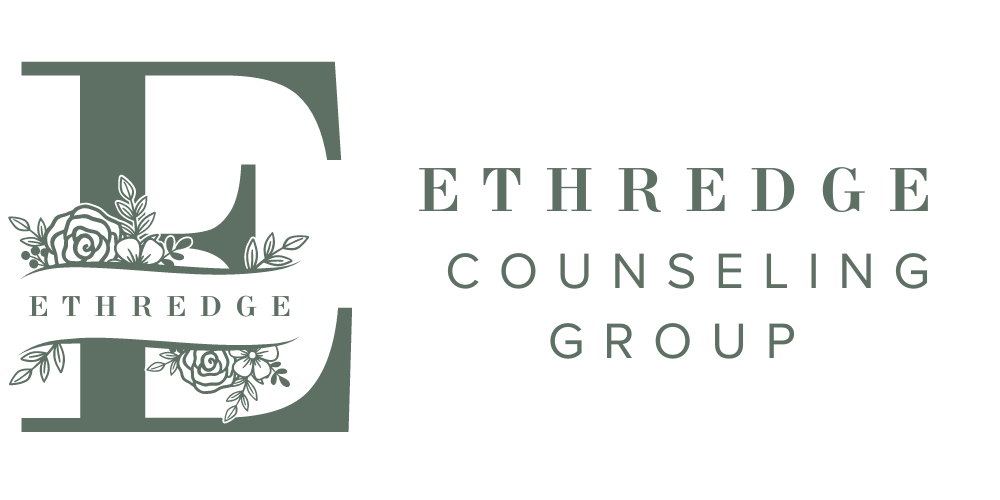Setting Limits: Parenting Young Children
As any parent of a toddler will tell you, parenting young children is not for the faint of heart. Discipline often feels overwhelming. It can feel impossible to regulate your own emotions while also assisting your young child in regulating their own. Throughout my therapeutic work with both adults and children, I’ve noticed a struggle to set limits while maintaining emotional connection with the child. Garry Landreth, founder of the Center for Play Therapy, in his video entitled “Choices, Cookies, and Kids,”outlines a model for setting limits while maintaining emotional attunement. The “A.C.T” model provides three helpful tools for limit-setting.
“A”-Acknowledge the feeling.
This is often the most overlooked part of setting boundaries. Your child might be little, but they are feeling big feelings. When a young child is throwing a temper tantrum, it can be easy to grow angry as a parent and jump straight to setting the limit. Let me urge you, though, do not bypass this part. Your child needs to feel seen in the moment, and you are the one holding the adult emotions. This process, called co-regulation², helps teach the child that they can safely process through a difficult emotion. This is modeling for the child the behavior that you want them to learn. Mirror neurons, which are particular types of neurons in the brain that a child uses to mimic the behavior that they are seeing in front of them, are activated in this process³. This also helps a child feel emotional security, allowing them to know that they are seen, safe, soothed and secure. Additionally, this co-regulation is particularly helpful for children who struggle to regulate their emotions and can be especially helpful for neurodivergent children.³
Acknowledging the feeling looks like saying, “I know you’re really upset right now..” or “I know it’s really hard when…” or “Looks like you are feeling…” etc.
“C”-Communicate the limit.
Once the feeling has been acknowledged, it is important to clearly communicate the limit that is being set for the child. They need to understand exactly what you are telling them to do or not do. In the play therapy room, we often use phrases for this that can sound a little funny to adults, because they are not grammatically correct. Yet, they make sense to young children and communicate the limit clearly. These can be phrases such as “the wall is not for coloring on” or “your sister is not for hitting.” This helps children to understand the object of the limit and what may or may not be done to this object. This also allows for objectivity with the limit and avoids communicating shame, blame, or fault to the child.
Communicating the limit looks like saying, “It is bedtime now,” or “The street is not for playing in.”
“T”-Target the Choice.
In limit-setting, this is another important one to include that often gets missed by parents. It is important for your child to be learning autonomy and that they have age-appropriate choices. It is not a choice to choose to obey, yet it is a choice to choose to go to bed now, or in five minutes, for example. The child must go to bed, but they are learning how to age-appropriately choose obedience.
Targeting the choice looks like saying, “You may choose to either eat your broccoli first or eat it last,” or “You can brush your teeth before you put on your PJs or after.”
Finally, and as any parent knows, there may be a time (or many) where the child refuses to listen. At this time, it is important to let the child know that they will have consequences for choosing to disobey the limit that was set. This allows you to let the child know that they still have a choice, but that they are choosing the consequence if they continue to disobey. For example, the parent says, “If you choose to continue to whine at dinner, you choose not to have dessert.” and, when appropriate, let the child know, “If you choose to speak kindly at dinner, then you choose to have dessert.”⁴ Make sure the consequence is also age-appropriate. (For example, only put them in time-out for as many minutes as they are years old, etc.) The most crucial part of setting the consequence, and I cannot emphasize this enough, is follow through. If a child knows that you will not always actually give them the consequence that they choose through their behavior, they will continue to test the limits and not obey. This is the biggest mistake that I see parents make in limit-setting. The child will learn which parent (or both) gives in easily and test the limits with that parent. While it might feel loving to keep a child from a consequence, it is actually more loving to give them the structure and predictability of learning consequences for their behavior.
Communicating the consequence looks like saying, “If you choose to keep getting out of bed, you choose to give up your screen time tomorrow. If you choose to stay in bed, you choose to have your screen time tomorrow. Which do you choose?”
Above all, remember to follow through and give yourself grace throughout the process. Apologize to your child when you mess it up, and know that they will learn from that as well. Parenting is hard!
If you want to learn more about our services and live in South Carolina, we can help. Click the button below to get started.
¹Landreth, G. (1996). Choices, cookies, and kids: A creative approach to discipline. Denton, TX; Center for Play Therapy.
²Children’s social and emotional development starts with co-regulation. NICHQ. (2019, April 24). https://www.nichq.org/insight/childrens-social-and-emotional-development-starts-co-regulation
³What are mirror neurons? these brain cells can help your students learn empathy. PETA. (2022, November 30). https://www.peta.org/teachkind/humane-classroom/mirror-neurons- and-teaching-empathy/#:~:text=These%20neurons%20help%20us%20instinctively,and%20then%20subsequently%20show%20empathy.
⁴Setting limits: The A.C.T method. Child & Family Development. (2021, September 3). https://www.childandfamilydevelopment.com/blog/setting-limits-the-a-c-t-method/
